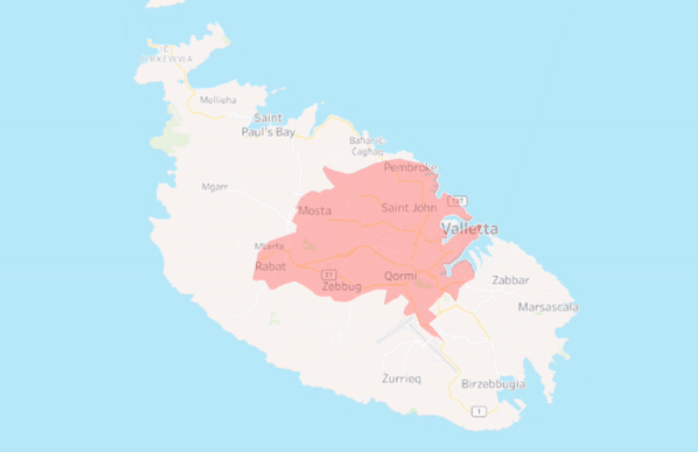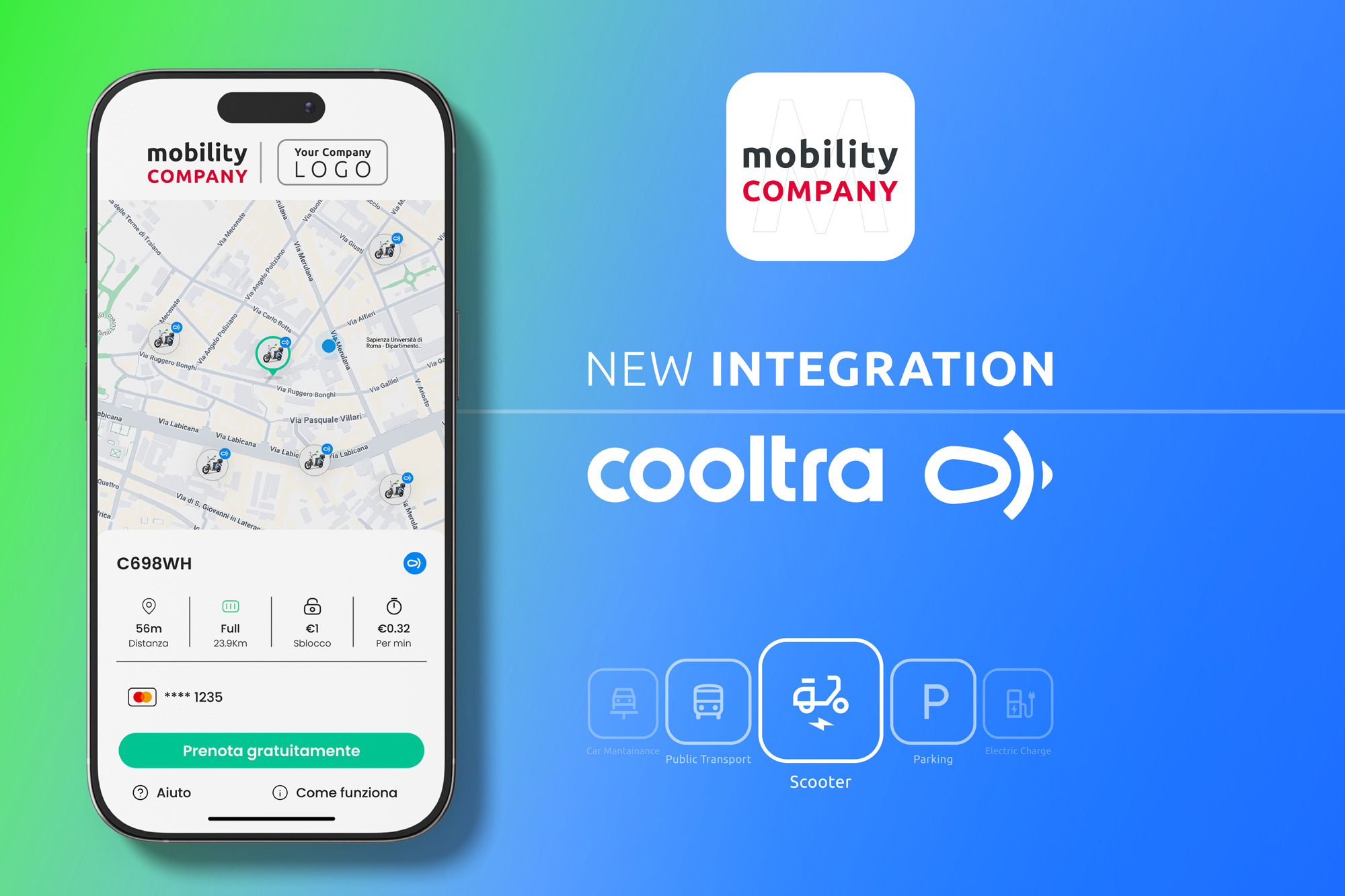
So you’ve launched a microtransit service, and ridership is taking off. How do you decide when and how to expand the service? This introductory guide will walk you through a few ways you can expand your growing microtransit service and give your entire transit network a boost.
Welcome to our Service Expansion Lessons series, where you’ll learn how cities are scaling their transit service using the latest data analytics and transit planning tools. See how microtransit services have grown ridership, boosted service quality, improved accessibility, and become more cost-effective. Let’s get started.
The economic benefits of investment in public transit have long been clear: APTA estimates that every $1 invested generates $5 in economic returns, and that every $1 billion investment could support and create 50,000 new jobs. And yet prior to COVID-19, America’s transit networks were slowly shrinking, with reduced ridership leading to service cuts, and then to further-reduced ridership. Now, with new sources of funding unlocked through the Infrastructure Investment and Jobs Act, we’re poised to finally reverse the long-standing decline — and some transit agencies are surging ahead of their peers.
Public on-demand transit services have been an especially bright spot on the transit recovery map. Over the course of the pandemic, Via-powered microtransit services, on average, grew ridership while many fixed-route services struggled. As a result, many of our partners have proceeded with service expansions, increasing their investment in transit and reaping concrete benefits. Read on to learn which agencies have expanded their zones, and everything about microtransit service expansion:
- The potential benefits.
- The major types of expansion.
- The kinds of data agencies can use to identify likely opportunities for expansion.
How an expansion can improve your transit service.
Beyond simply transporting more passengers, expanding a service brings many additional benefits:
Improved quality of service through improved metrics like ETAs and seat availability rates. Good quality of service is an investment in long-term growth, as it keeps riders coming back to the service in turn driving efficiency
Increased efficiency and lower cost per ride because fixed costs, marketing costs, and dispatching staff don’t need to scale proportionately and are spread out over greater ride volumes.
Environmental and positive social impact are measured by improved job access, fewer single occupancy vehicles, and reduced traffic congestion.
Public recognition and economic opportunities from the state and federal government, which helps warrant funding. Transit authorities leading the service can gain recognition and be credited with the service’s success.
Read more about how to choose the right type of expansion here.
Source: Via



